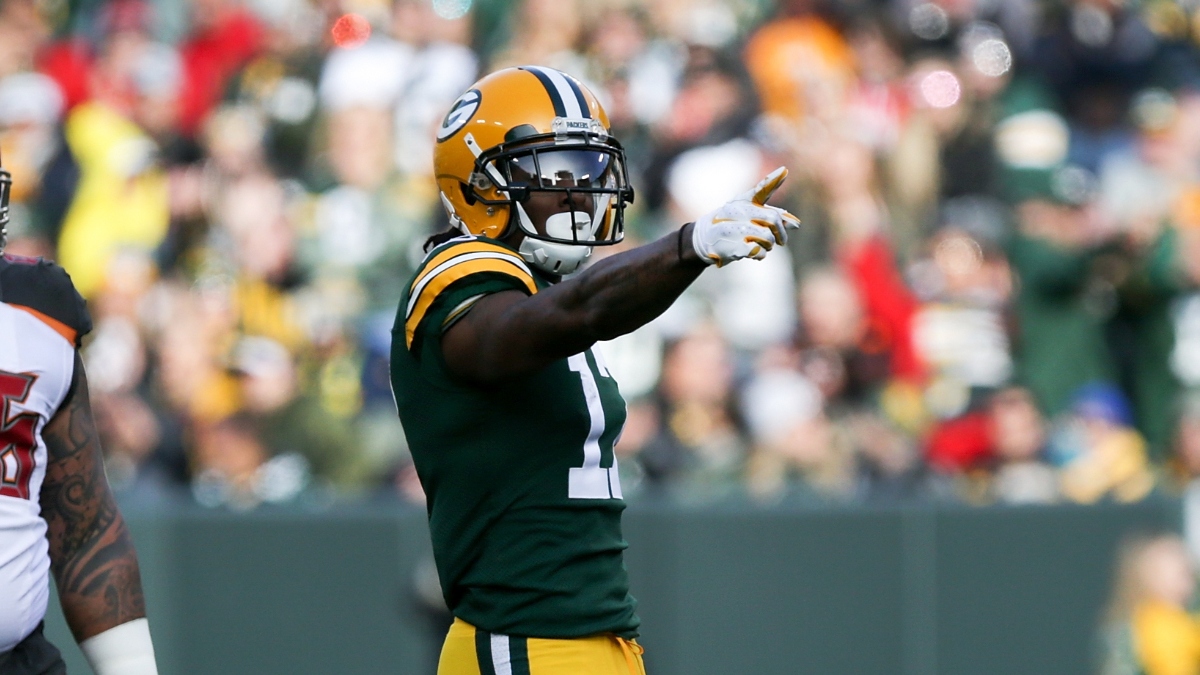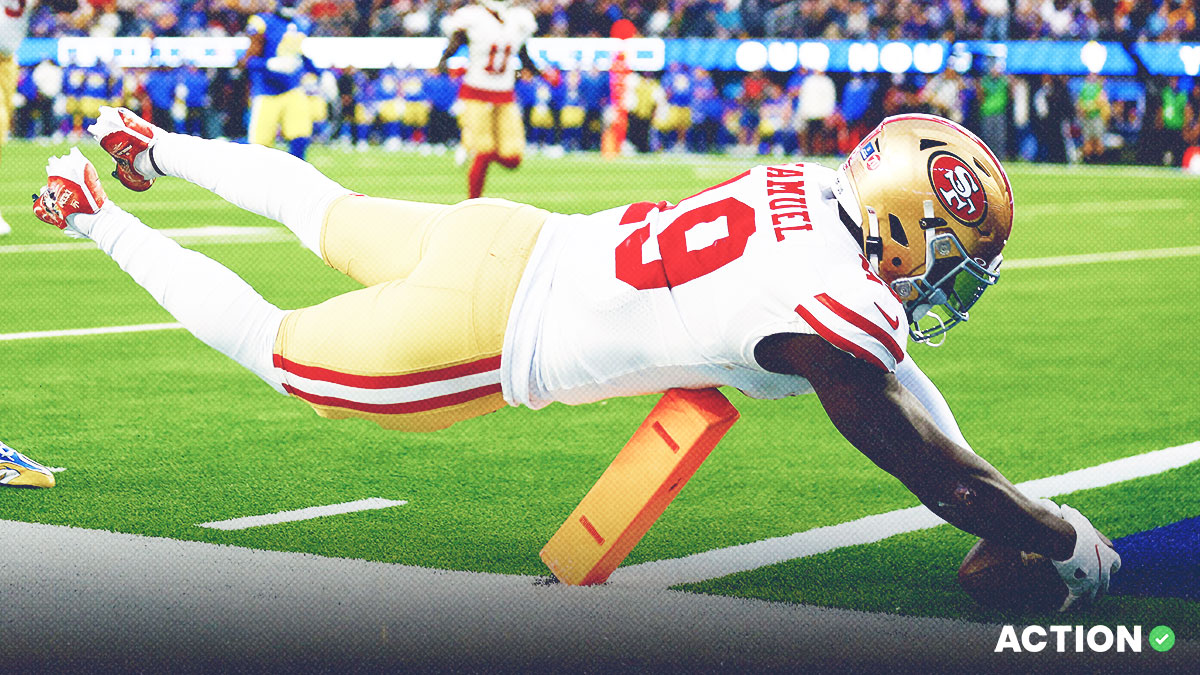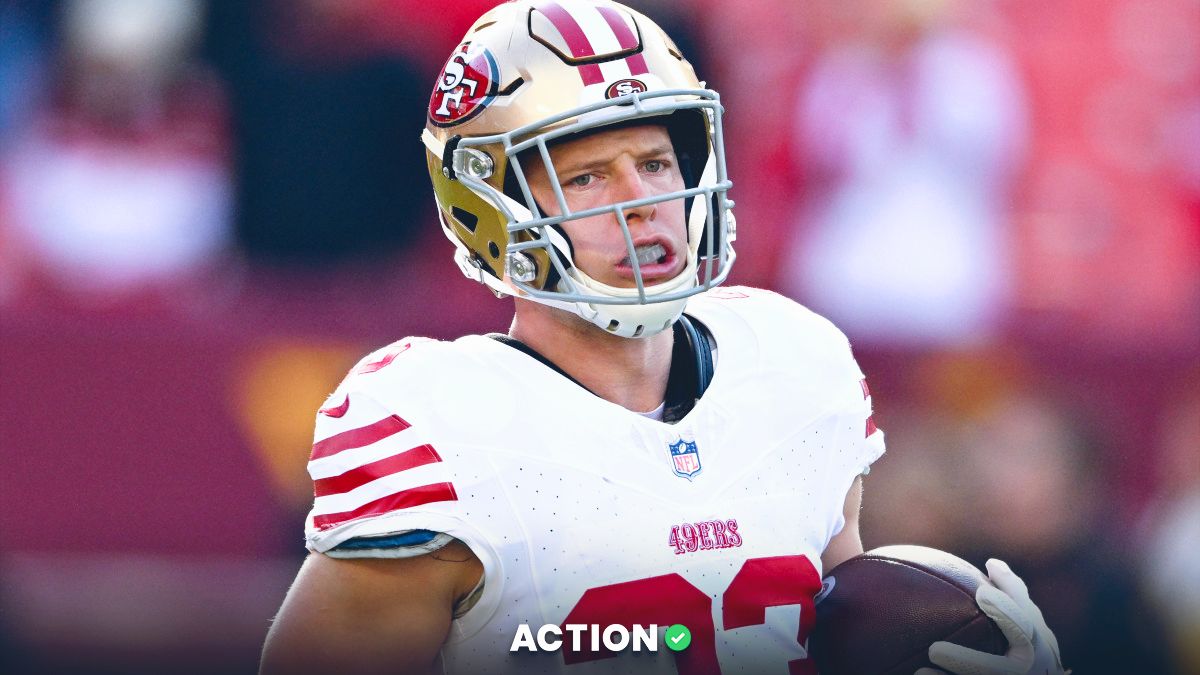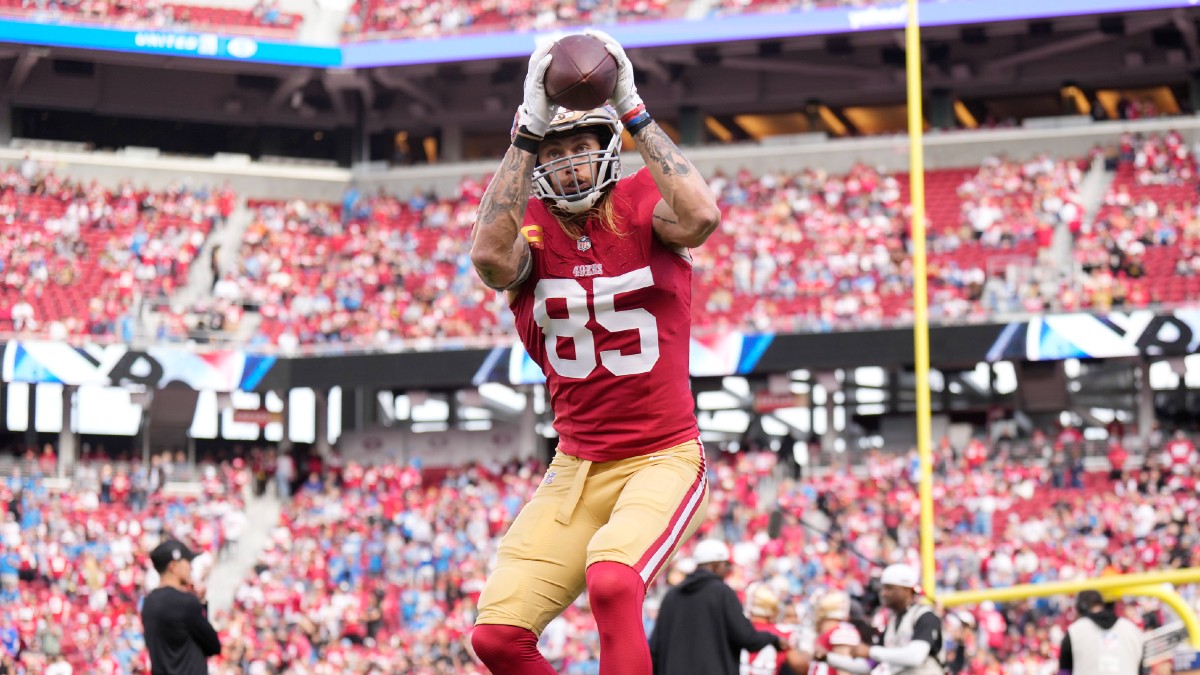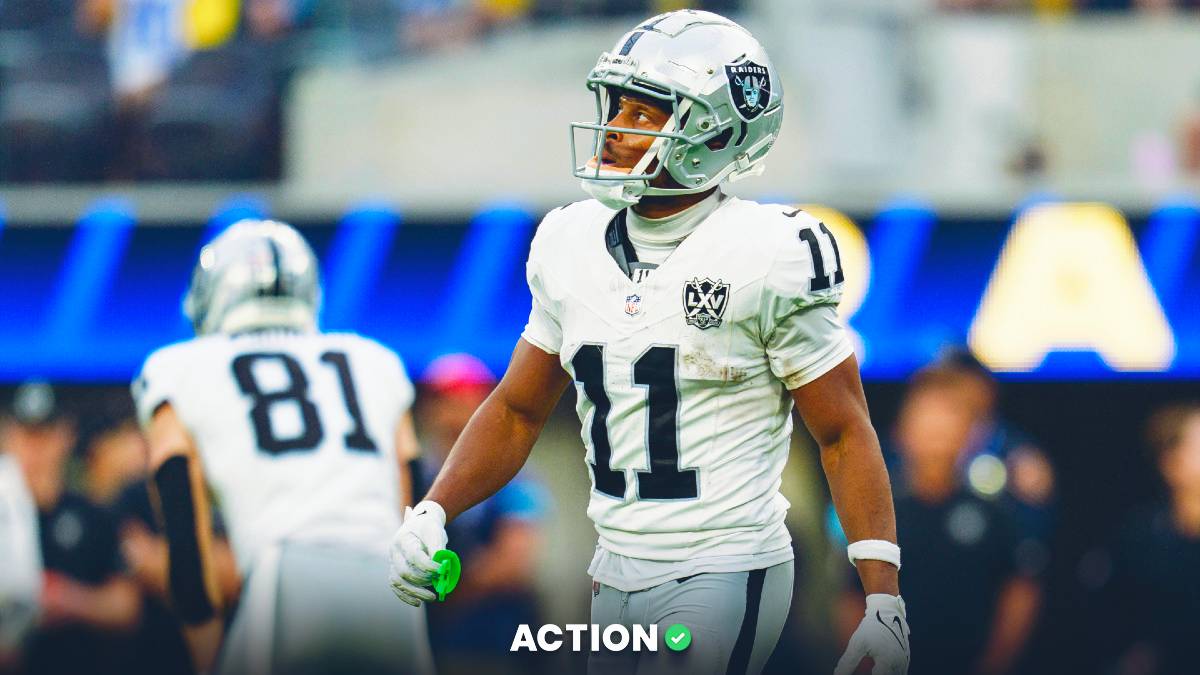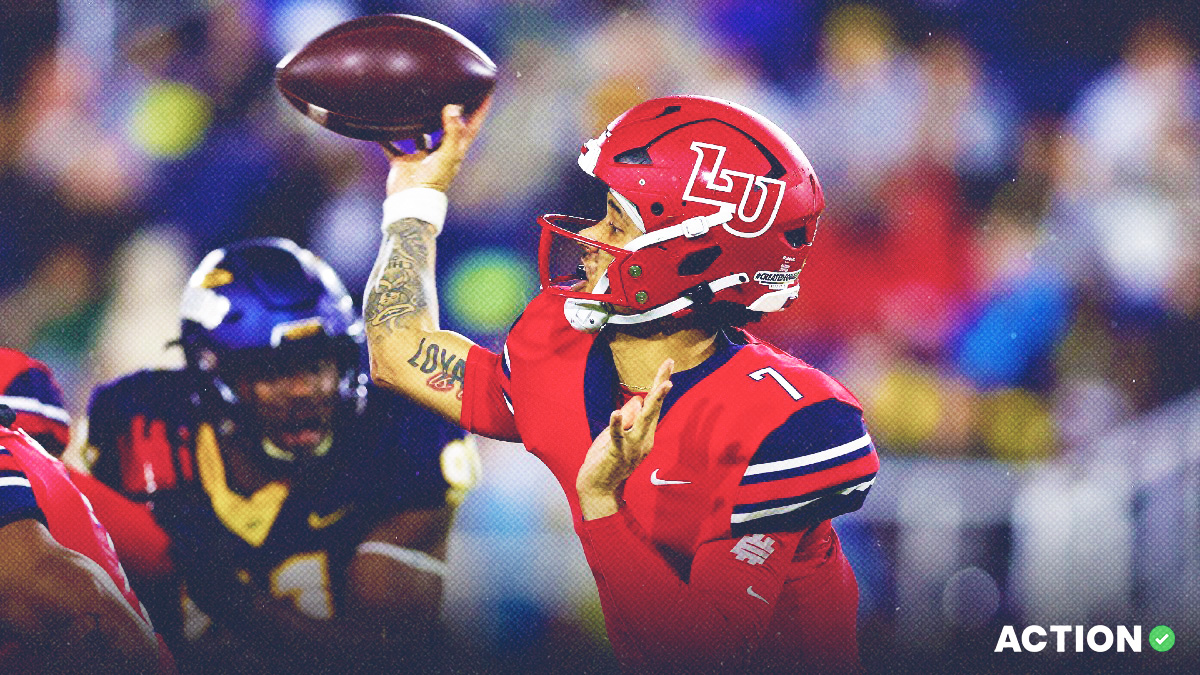Table of Contents
Weighted Opportunity Rating Definition
Known as WOPR, this metric was created to help evaluate the production of players by combining the share of targets they receive and the share of air yards they receive. WOPR was created out of the air yards tree by Josh Hermsmeyer of FiveThirtyEight.
Mainly used for wide receivers and other pass catchers, WOPR is defined as 1.5* Target Share +0.7* Share of Team Air Yards. It can be particularly useful in evaluating the quality of a player's volume usage.
You can read more about air yards here.
NFL WOPR Statistics
As you would expect, some of the league's premier pass catchers lead the league in WOPR. Tight end Darren Waller is the highest-rated player by the WOPR metric when moving past wide receivers, at 15th in the league. The NFL's leaders in WOPR from the 2020 regular season are listed below.
| Player | WOPR |
|---|---|
| Michael Thomas | 84.68% |
| Davante Adams | 77.35% |
| Terry McLaurin | 73.84% |
| Stefon Diggs | 71.89% |
| Jakobi Meyers | 70.57% |
| Calvin Ridley | 68.32% |
| Justin Jefferson | 67.76% |
| A.J. Brown | 66.24% |
| Marquise Brown | 65.87% |
| D.J. Moore | 65.31% |
Can WOPR Help Me With Betting?
Much like air yards, WOPR is designed to assist daily fantasy football players and regular fantasy football players. It is a statistic that evaluates individuals rather than team performances, and thus isn't going to be an effective tool for betting team options like point spread or moneyline bets.
Below is the same list of players compared with how they performed in a half PPR fantasy football league throughout 2020.
As you can see, there isn't a direct correlation between WOPR and fantasy success. There are a number of external factors that can impact a player's fantasy performance, but WOPR is a good statistic to keep in mind when evaluating your team before and during the fantasy football season.


